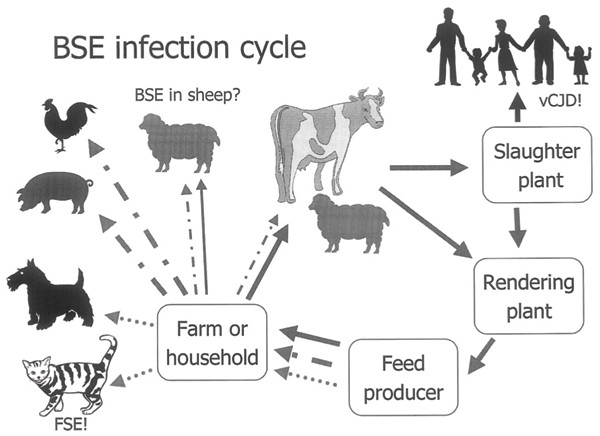Biodiversity hotspots in India
Biodiversity hotspots in India
Biodiversity is
referred to as the variation of plant and animal species in a particular
habitat. Species evenness and species richness form the major components of
biodiversity. India is known for its rich
biodiversity and has around 24.46% of the geographical area covered by forests
and trees. The term “Biodiversity hotspots” was coined by Norman Myers. It can be defined as the
regions which are known for their high species richness and endemism.
According to International Conservation , a region must
fulfill the following two criteria to qualify as a hotspot:
- The region should have at least 1500 species of
vascular plants i.e., it should have a high degree of endemism.
- It must contain 30% (or less) of its original habitat,
i.e. it must be threatened.
Following the criteria must for an area to be declared as
Biodiversity Hotspot, there are major four out of 36 biodiversity hotspots
of the world located in India biodiversity hotspots in India:
- The Himalayas
- Indo-Burma Region
- The Western Ghats
- Sundaland
The Himalaya Hotspot
Considered the highest in the world,
the Himalayas comprises North-East India, Bhutan, Central and Eastern
parts of Nepal. This region (NE Himalayas) holds a record of having 163
endangered species which includes the Wild Asian Water Buffalo, One-horned
Rhino; and as many as 10,000 plant species, of which 3160 are endemic. This
mountain range covers nearly 750,000 km2. Himalaya Hotspot endowed with
the world highest mountain
peak(Mt. Everest) which is higher than
8,000 meters . The Himalayan Hotspot creates a diversity of ecosystems that contain
alluvial grassland ,subtropical broadleaf forests along
the foothills ,temperate broadleaf
forests in the mid-hills. It has Mixed conifer and conifer forests in the higher ranges. Himalayan
Mountains ranges have Alpine
meadows above the tree line. The famous western
Tragopan & Snow leopard are mainly seen in this area.
Five plant families that are endemic
to Himalaya hotspot are
§ Tetracentraceae
§ Hamamelidaceae
§ Circaesteraceae
§ Butomaceae
§ Stachyuraceae.
.
Indo – Burma Hotspot Region
The Indo-Burma Region is stretched
over a distance of 2,373,000 km². The Large-antlered Muntjac, the Annamite Muntjac, the Grey-shanked Douc,
the Annamite Striped Rabbit, the Leaf Deer, and the Saola.are seen in this
area. This hotspot is also known for the endemic freshwater turtle species,
most of which are threatened with extinction, due to over-harvesting and
extensive habitat loss. There are also 1,300 different bird species, including
the threatened White-eared Night-heron, the Grey-crowned Crocias, and the
Orange-necked Partridge.
A wide diversity of ecosystems found
in this hotspot includes mixed wet evergreen ,dry evergreen ,deciduous
& montane forests , mangroves & seasonally inundated
grasslands. The biological diversity in the Indo-Burma hotspot is a result
of the interaction of topography, past climate changes, characteristics of
soil, and the patterns of seasonal rainfall. An
estimate of total plant diversity in the Indo-Burma hotspot reveals about
13,500 species of vascular plants from which 7,000 (52%) are endemic. Among other flora of the Indo-Burma Hotspot are wide
varieties of orchid and ginger species.






Comments
Post a Comment